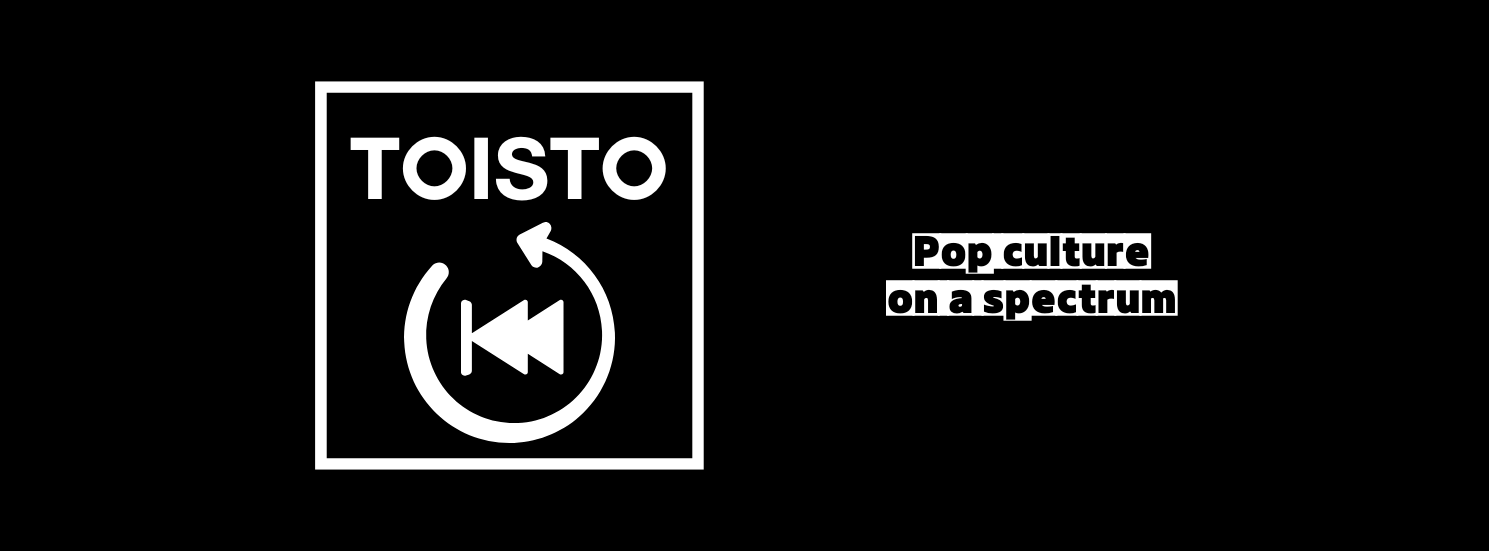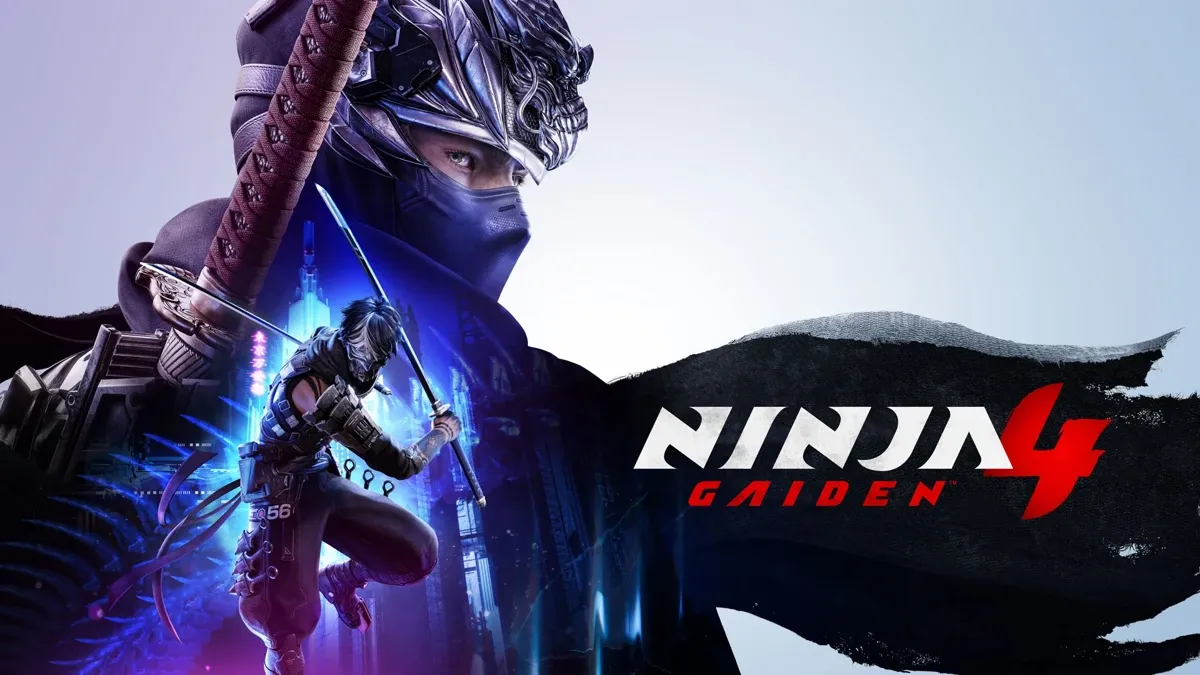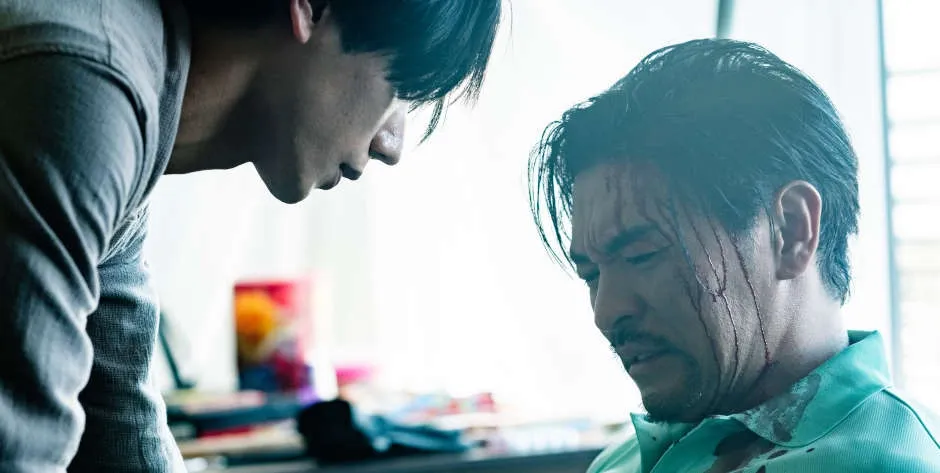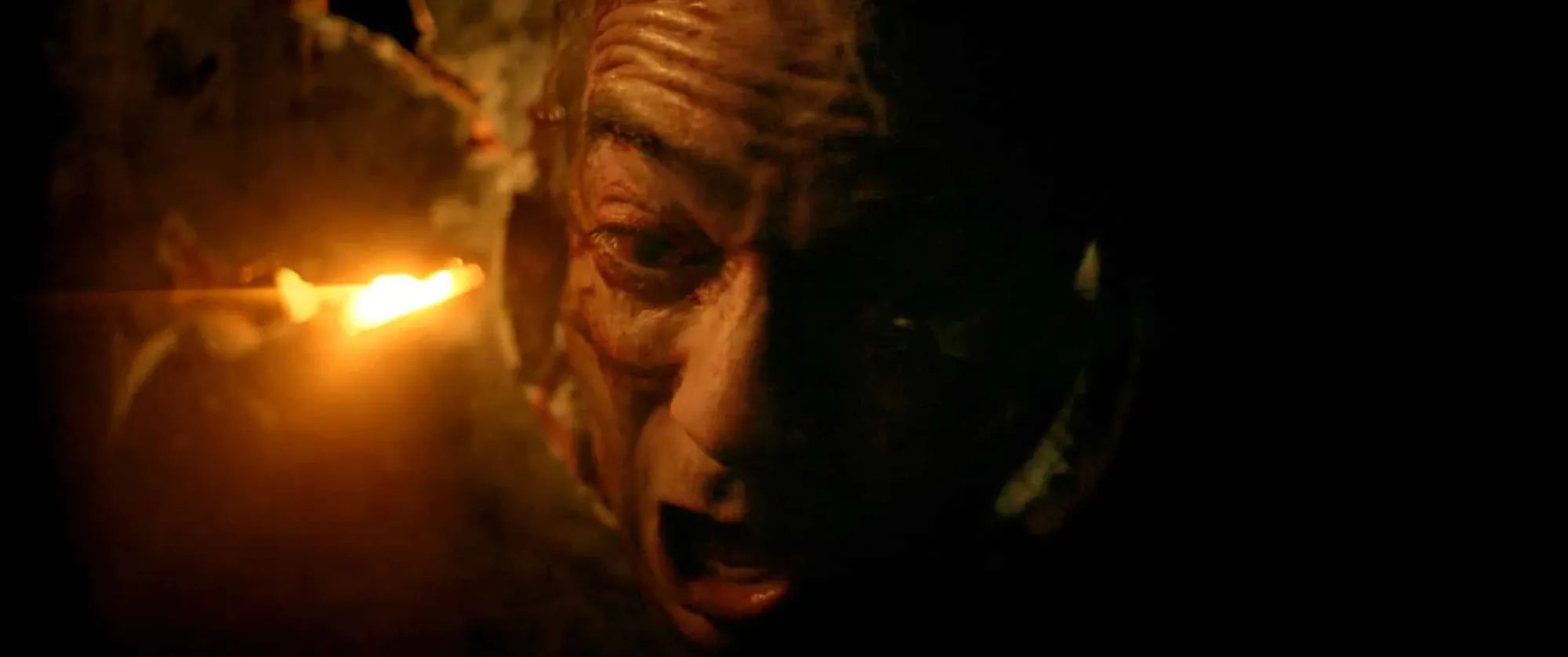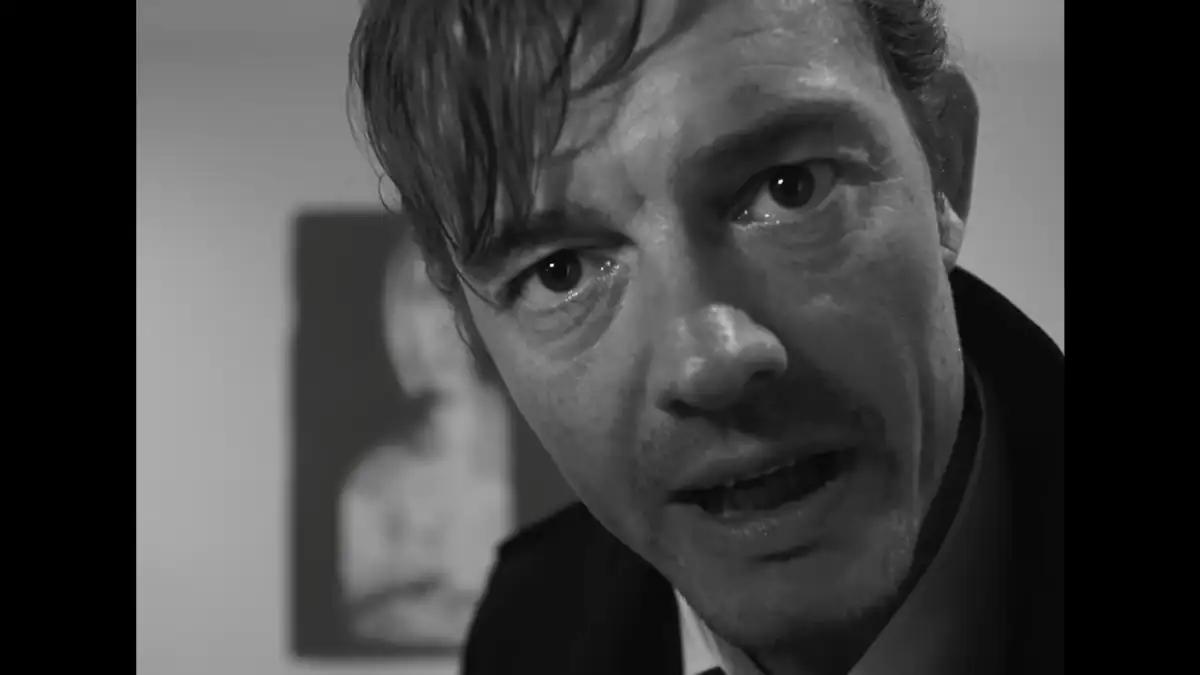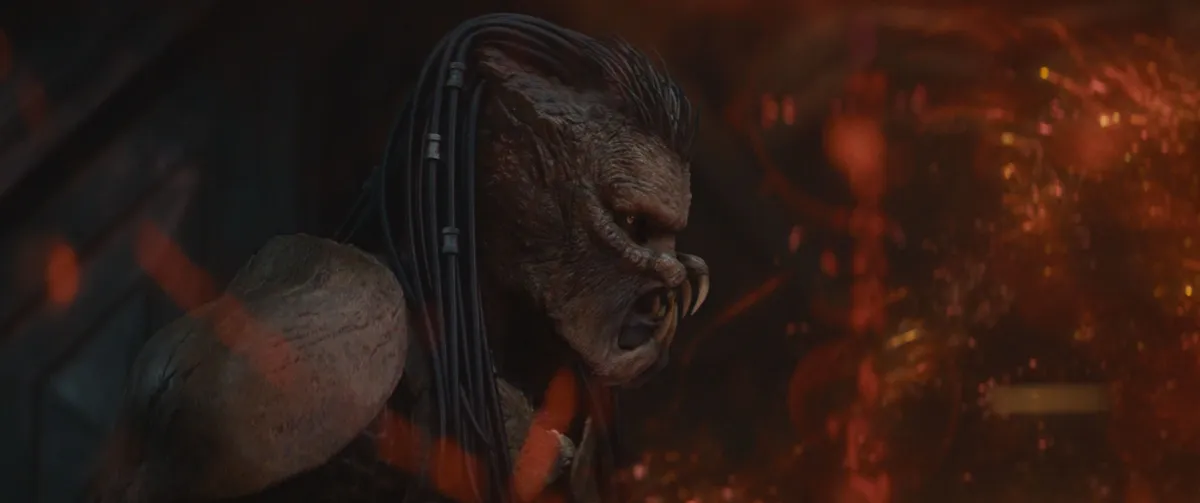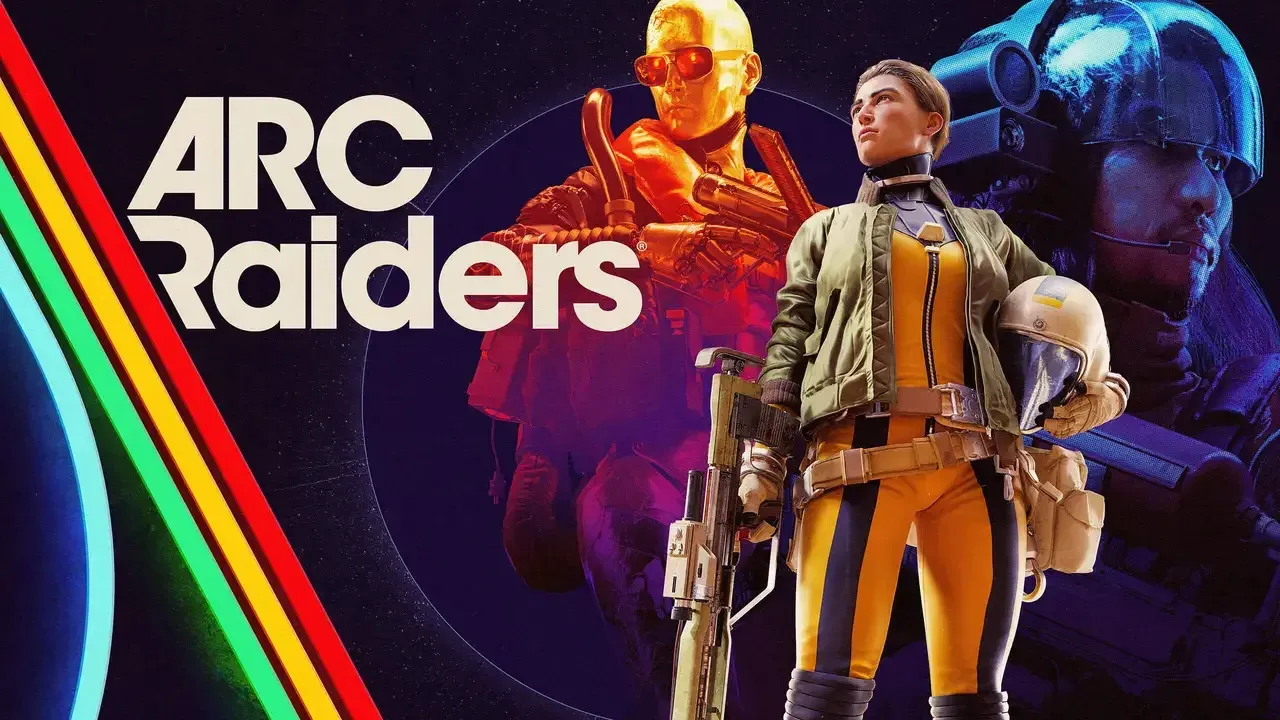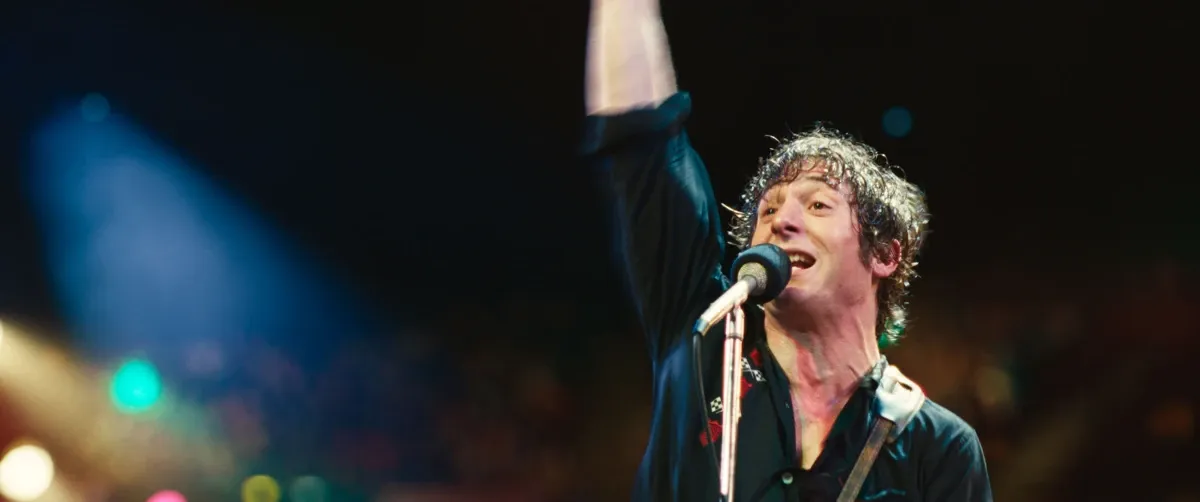Distributor provided a review copy
It's been 13 years since the last Ninja Gaiden game out. That one, Ninja Gaiden 3 (which fans didn't love), was divisive, to say the least, and arrived to a very different console landscape and fanbase. While Platinum Games have carried the torch for the hardcore action-adventure genre with the Bayonetta series, even they've noticed that audience tastes have begun to shift into something different.
In that sense, Ninja Gaiden 4 has an unenviable task ahead. It has to not only remind old fans why they loved this series so much, but also entice mainstream audiences into a world that, for better and worse, has cultivated a gatekeeper fanbase that has sneered at newcomers for decades.
After diving into the wild techno-futurist dystopia of Ninja Gaiden 4 for almost two weeks as a neurodivergent gamer with cognitive disabilities, I'm more than happy to report that Team Ninja and Platinum Games have succeeded on both counts. At least for the most part.
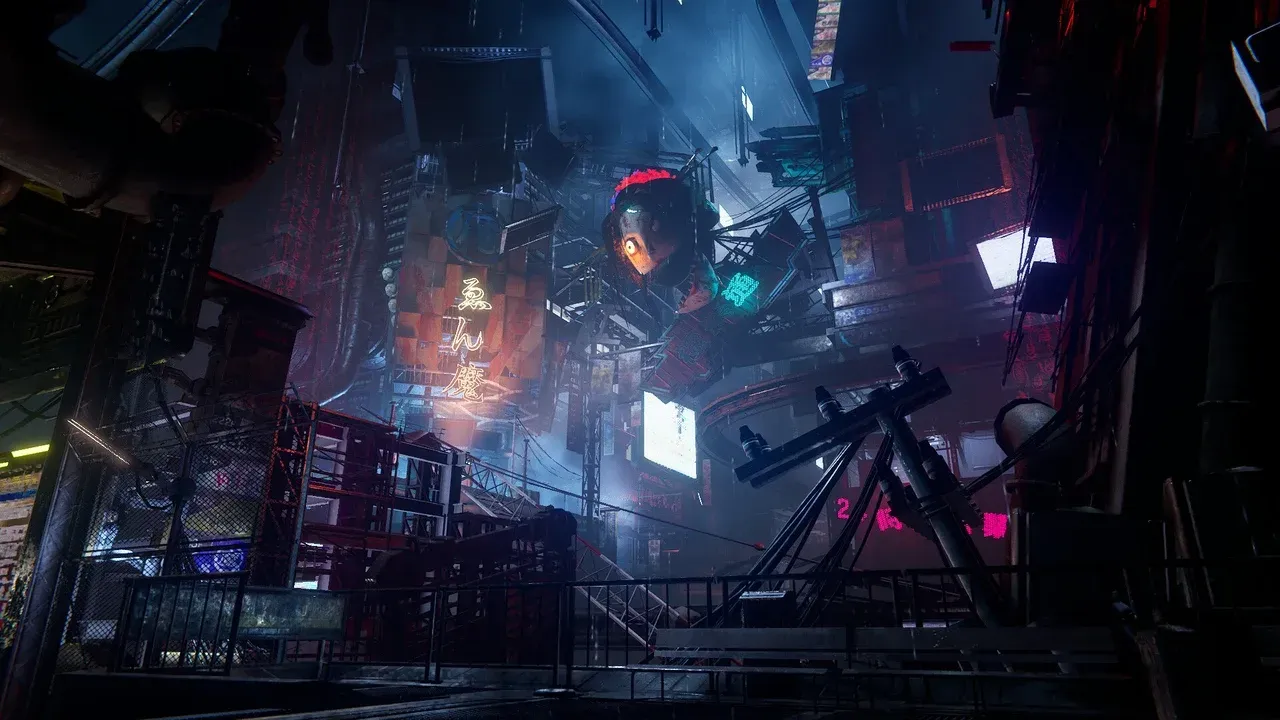
The plot in Ninja Gaiden 4 is barebones and hardly the main draw. It serves a kind of reboot and legacy sequel to the original game from 2004, complete with a returning villain in the Dark Dragon, and familiar faces that serve as both mentors and playable characters.
For the most part, players take the role of Yakumi, a new member of the Bloodraven Clan who is sent on a task to kill the priestess of the Dark Dragon. Naturally, nothing goes according to the initial scheme, and Yakumo soon finds himself facing a much greater threat, with unexpected allies in tow, that threatens to destroy the world entire.
The narrative mainly unfolds through familiar and somewhat clunky cutscenes that are mostly there to provide your hands a rest between hectic battles. While a few setpieces really impress, like the initial reveal of Tokyo's new desolate cyberpunk hellscape, much of the story feels there to string together obligatory checkpoints.
Now, granted, this is typical of the Ninja Gaiden series. It was never one to boast a grand lore or hugely memorable characters. People love Ryu Hayabusa because he looks cool and is fun to play, not because he's good with words.
That said, Ninja Gaiden 4 does everything it needs to set up increasingly unhinged and wonderfully gory encounters. The levels feel just distinct enough that they don't grow tiresome, and the added abilities like gliders and water hoppers bring a breath of fresh air to the carnage.
Fans might balk at the idea of a new hero after this long without another Ryu adventure, but they should still be reasonably satisfied with how the legendary hero is utilized here. Especially as Yakumo, while perfectly decent, isn't just yet a suitable replacement. He's new, and like most new things, it will take time.
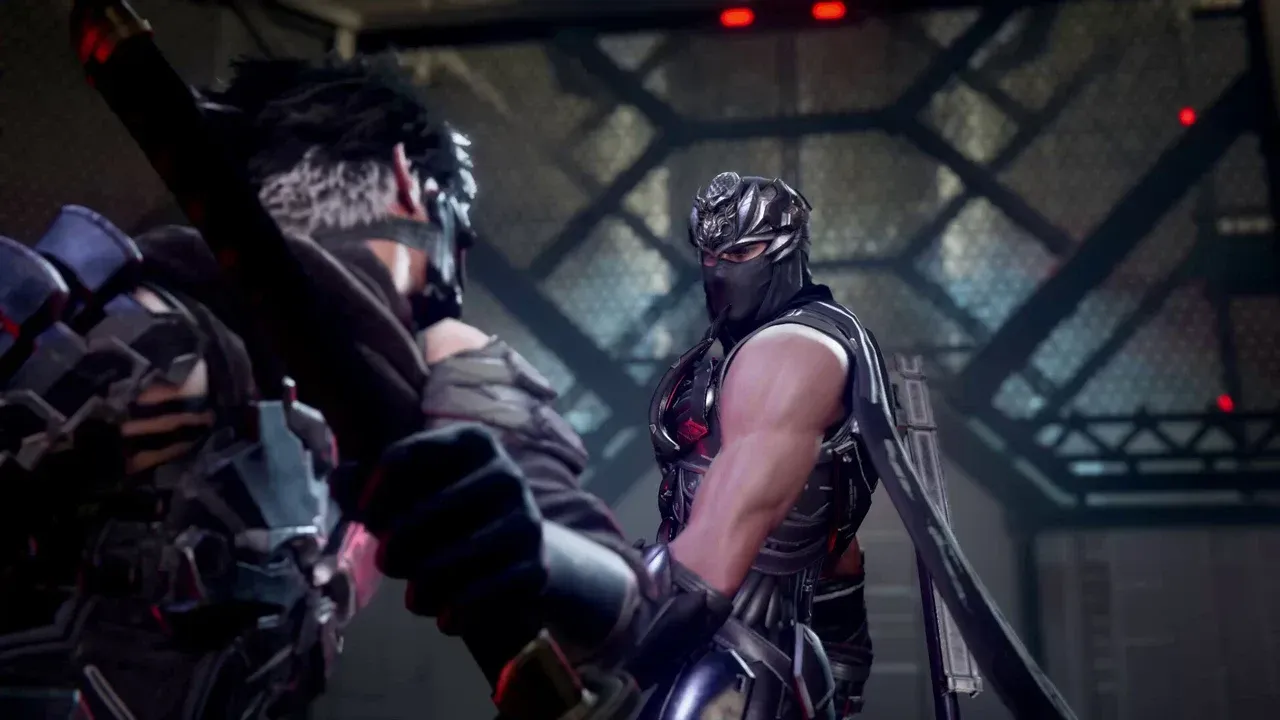
Luckily, where Ninja Gaiden 4 hasn't lost a step is the action itself. This is still fast, frenetic, and brutally glorious combat that delivers both a power fantasy and supreme difficulty that go hand in hand.
For those who haven't played Ninja Gaiden games before, imagine what would happen if Bayonetta and Dark Souls had a baby and you're somewhere in the ballpark. This is a game that rewards aggression tempered with quick reflexes and fantastic situational awareness.
Enemies attack in waves, but rarely hang back to do the danger dance. Instead, everyone comes at you relentlessly, forcing you to at all times to use everything you've got at your disposal. Counters and blocks serve a major part of this ballet, as each one opens the enemies to dismemberments, which in turn hand out boosts and health pick-ups.
The harder the difficulty, the less the game helps you out, which is pretty much how the oldest fans of the series like it. At just around 14 hours in length and with the ability to revisit levels after you've beat them, Ninja Gaiden 4 is the kind of arcade goodness where you refine your own experience and combat skills over a period of months, if not years.
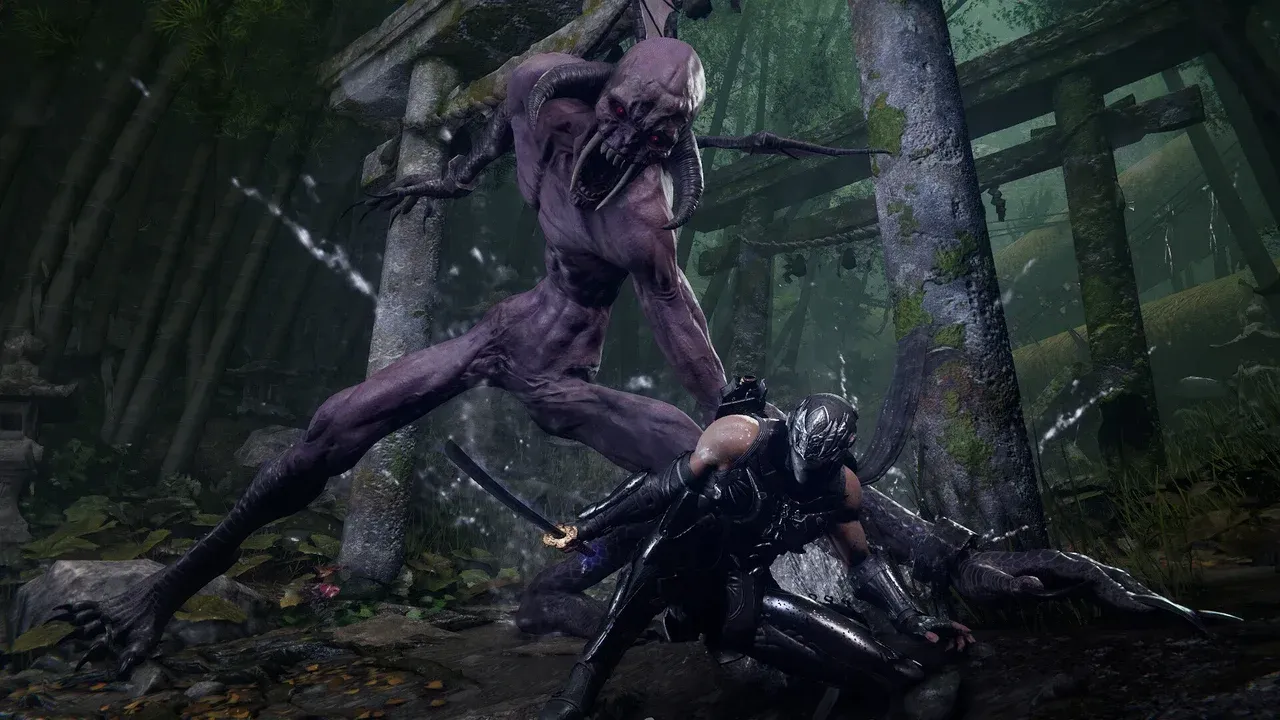
As mentioned, I'm autistic with cognitive disabilities. My hands can't keep up anymore. They cramp easily and my hand-eye-coordination isn't what it once was. Color differentiation is a huge issue as well. Over 20 years ago, I could play Ninja Gaiden without worry. Today, it would be impossible if the franchise hadn't grown up with the times.
Some of the fanbase will certainly have a fit over the idea that Ninja Gaiden, of all series, would consider accessibility a priority. But for the rest of us, it's a godsend. Everything from color indicators to numerous difficulty modifiers are up for adjustment. For me, that means color coding enemies based on their difficulty, and highlighting usable objects in the world itself.
For combat, I started with Normal difficulty, adjusting Yakumo's ability to auto deflect attacks as my health got to dangerous levels. On Hero mode, all of these modifiers can be turned on, including auto aim, dodge, block, and even movement. For the first time, it means that anyone can get a start on Ninja Gaiden on their own terms and learn as they go.
I also started a new game on Hard, so that I could compare the experiences between difficulty standards, and found that Team Ninja's and Platinum Games' design philosophy doesn't just add health boosts to enemies. On a higher difficulty, the AI is even more aggressive, and the attack patterns more complex and demanding.
For me, I don't think I'll ever be able to beat the game on Hard or Master Ninja. My disabilities won't allow it. But I'm immensely grateful that Ninja Gaiden allows me to challenge myself on my terms. That I can find a baseline to start from and grow from there. It is the best example of inclusive game design done right, and Ninja Gaiden 4 deserves every bit of praise for it.
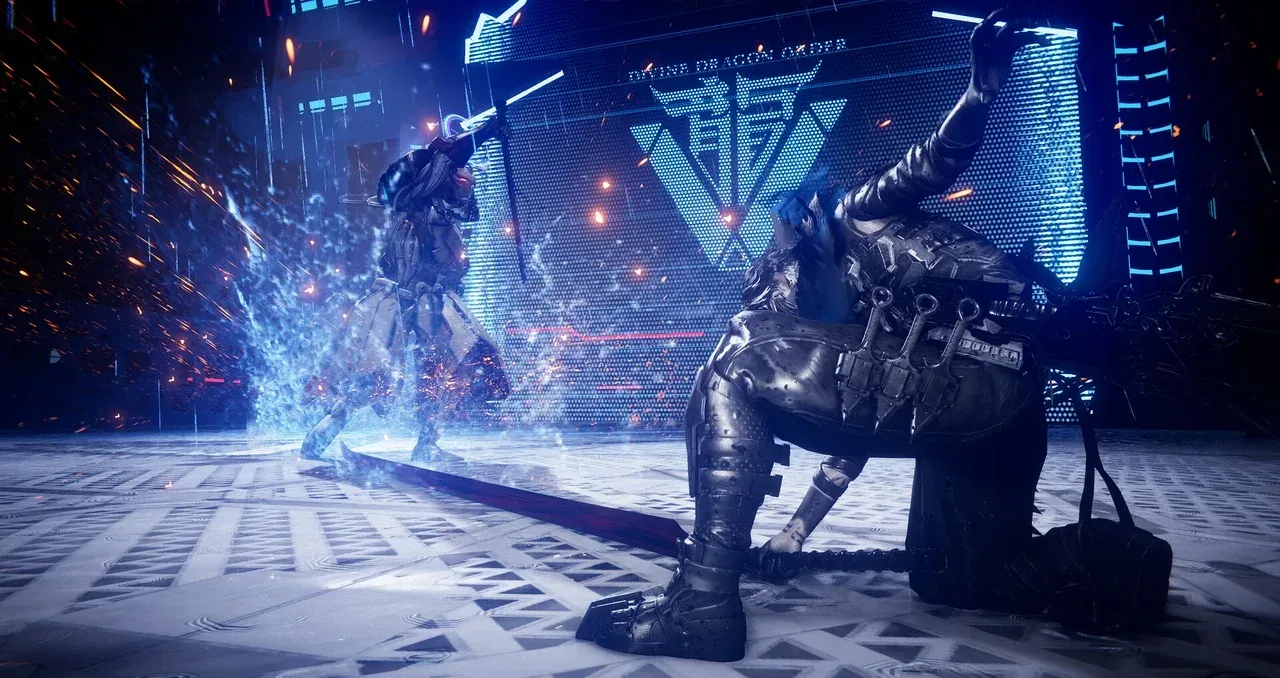
On a technical level, Ninja Gaiden 4 is refreshingly simple. It looks and sounds exactly as good as it should, which means it's not the best looking or sounding game of the year, but it's precisely what you'd want it to be.
Better yet, on performance mode, Ninja Gaiden 4 runs at a pristine framerate that never dips below 60, while still looking impressive throughout. Combat is accurate, blocking satisfying, and I never felt like I was cheated into a death because of a technical issue.
Old-school fans can also rejoice on a different, slightly more niche tangent: The camera is finally, finally good! We're no longer stuck right up to Ryu's leathery cheeks, and combat actually feels more intuitive and easier to parse thanks to better aim lock-on and fluid camera controls. It's a small thing, but it makes a huge difference.
There's also a great new checkpoint system – which can be turned off for even greater challenges – and the boss battles don't require too much running to return to upon the inevitable death or fifteen.
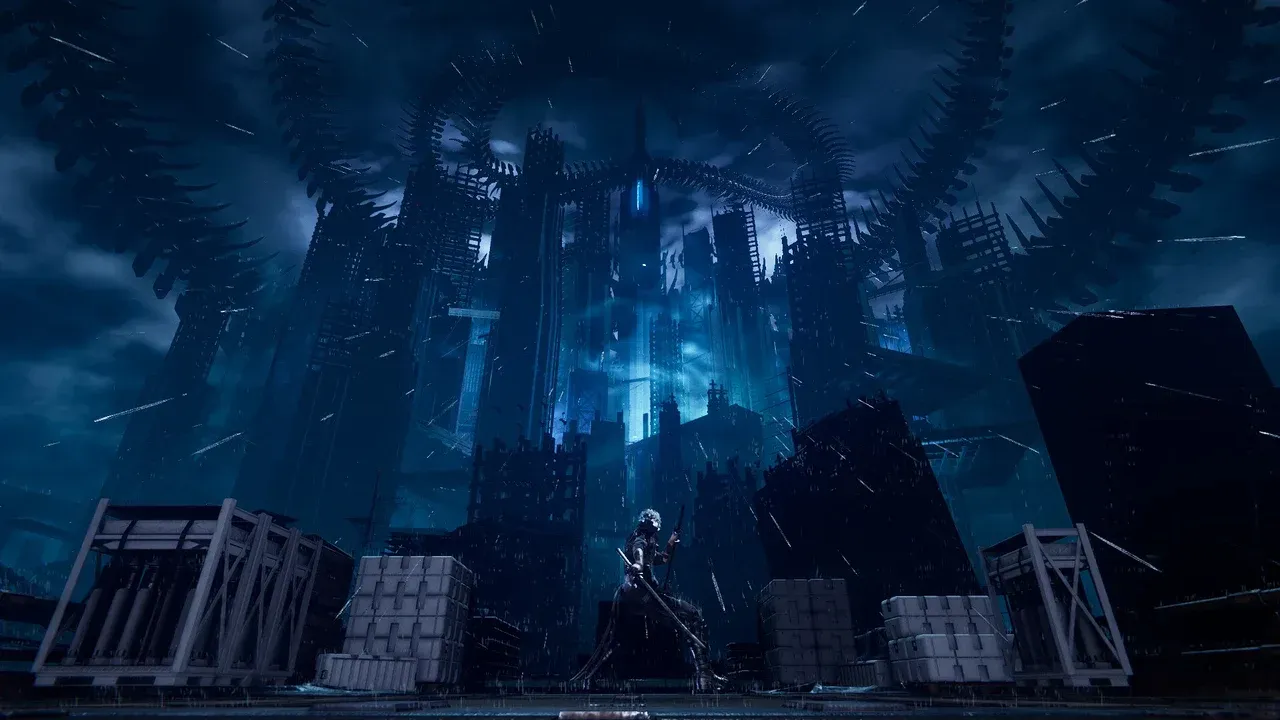
Ninja Gaiden 4 is a happy surprise, one that I didn't expect to enjoy this much. It's not quite a revelation or reinvention of the genre, and it doesn't need to be.
At its best, Ninja Gaiden 4 is an exhilarating bloodbath that has finally struck the perfect balance between hardcore and accessible. It's a reminder of how invigorating this franchise once was, and how, in the right hands, it can be once again.
